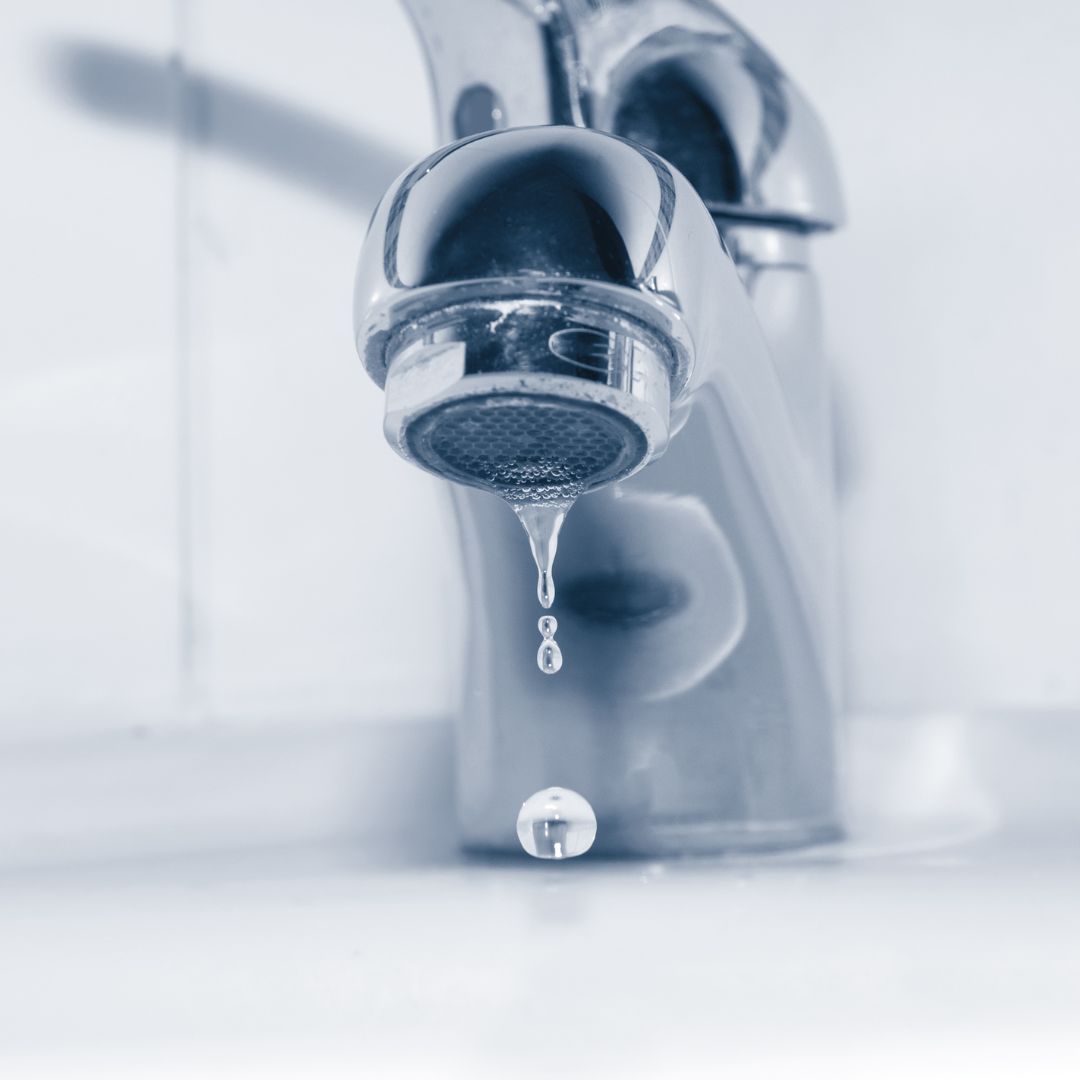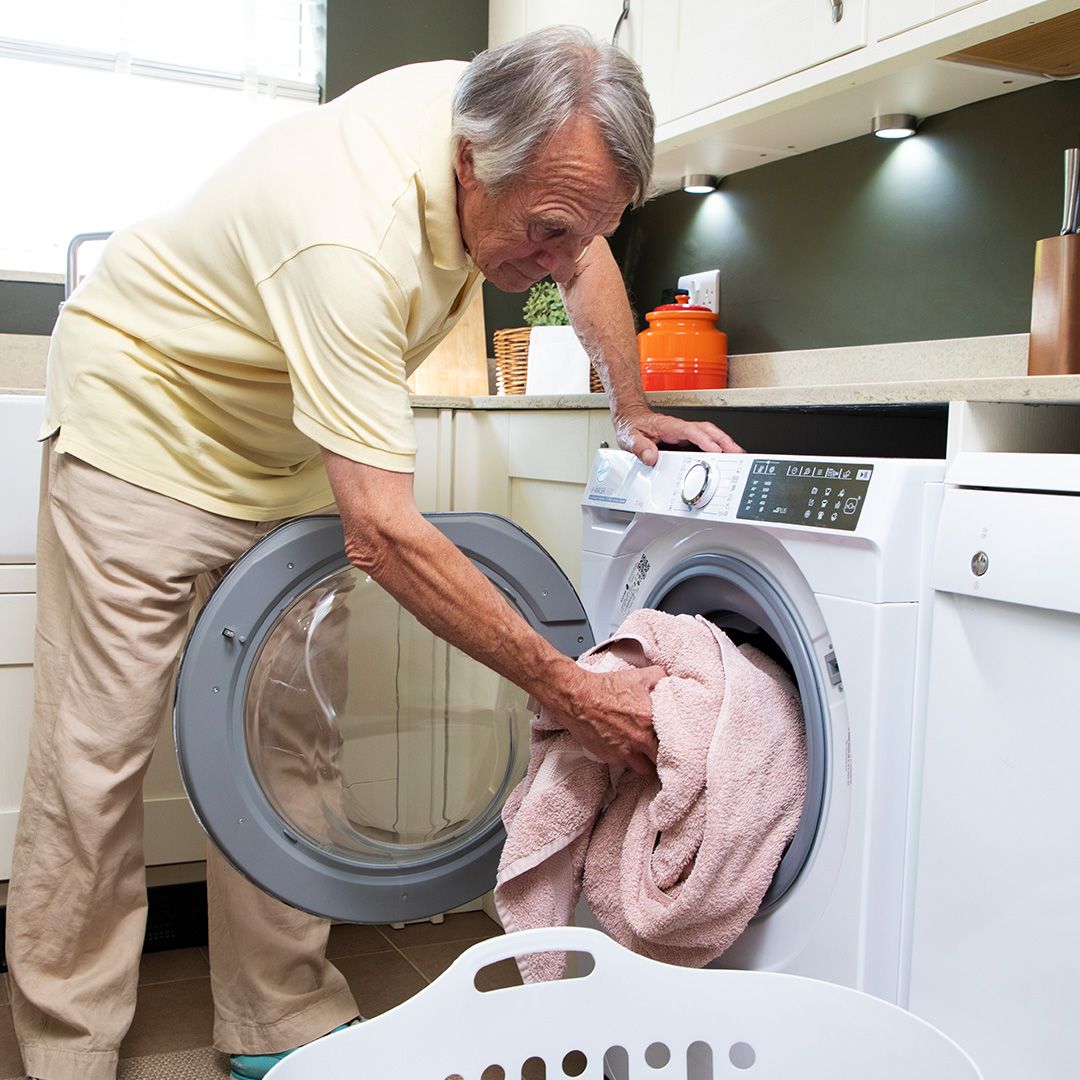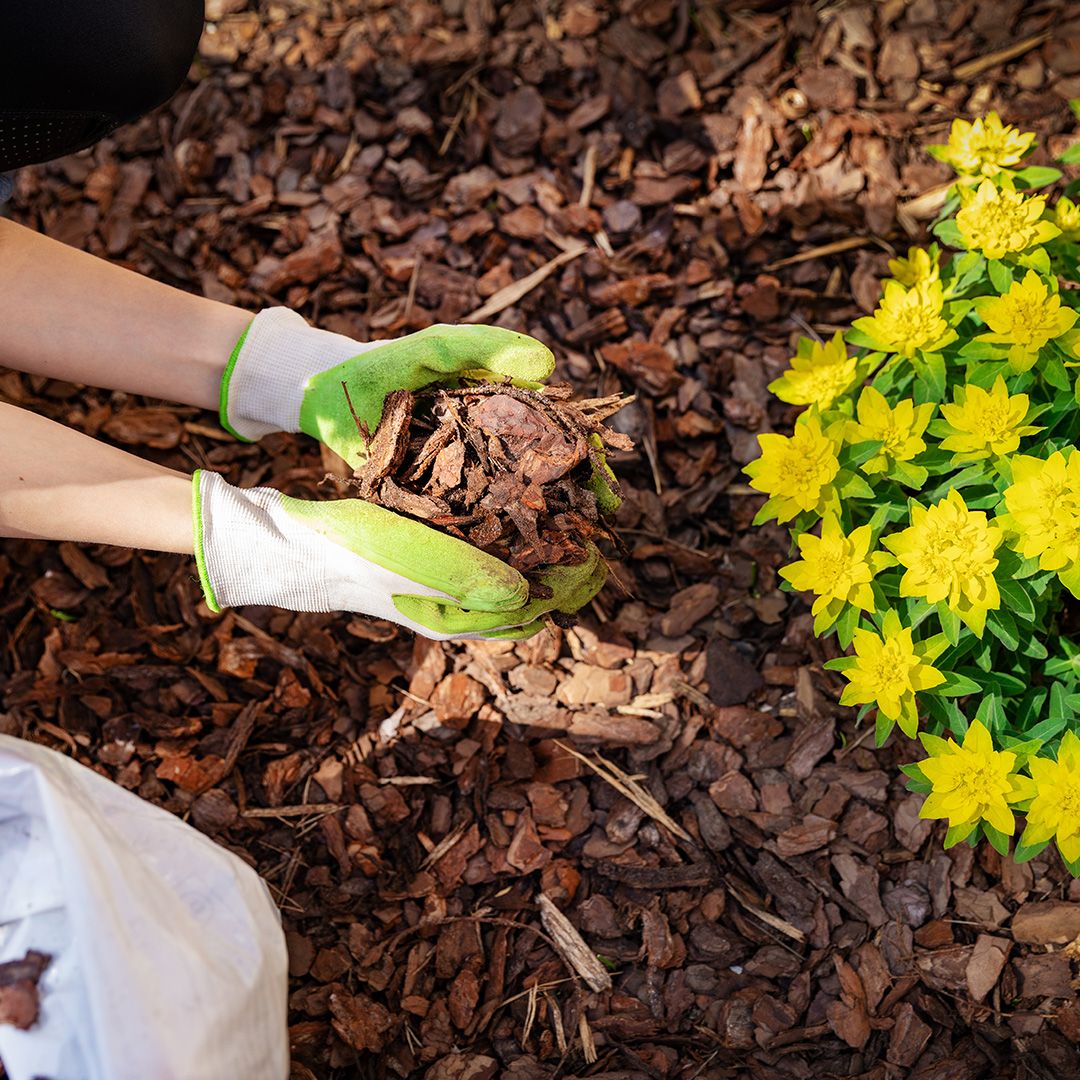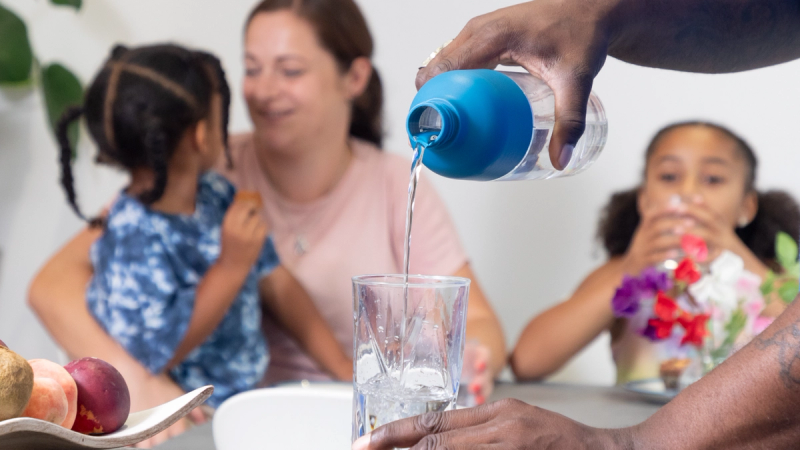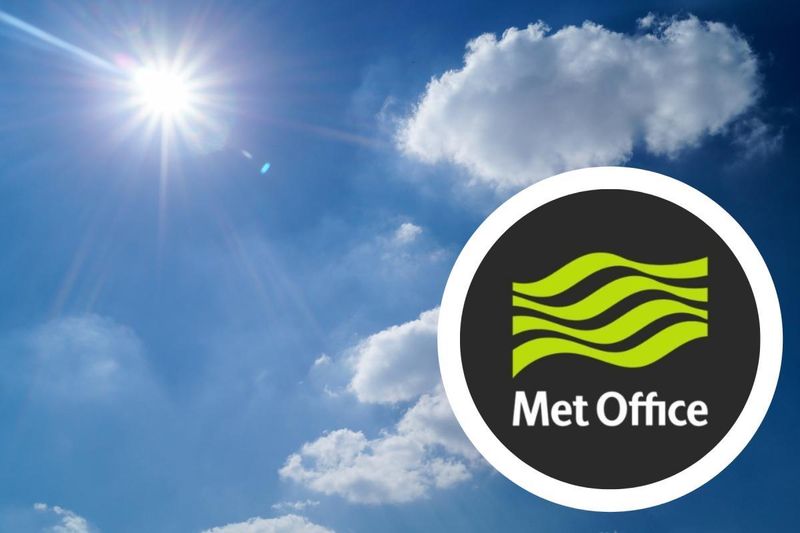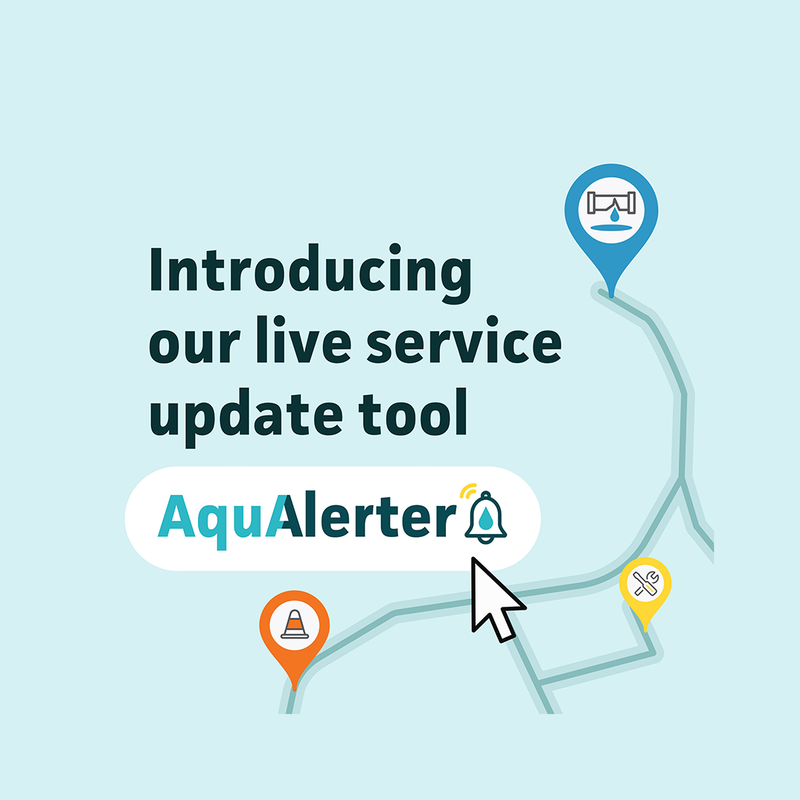From flushing the loo to making a brew and everything else we do each day, we're all constantly using water in our homes. If everyone turns on their taps, jumps in the shower or puts on the dishwasher all at once, it can put a strain on the water supply network.
That’s why we’re asking everyone to make just a few simple changes at home to save water, which will mean there’s more to go around and more that can be kept in the environment.
Saving water at home is easier than you might think…
A sneaky leaky loo
can be costing you as much as 4 baths of water a day.
Order FREE LeakyLoo™ detection strips
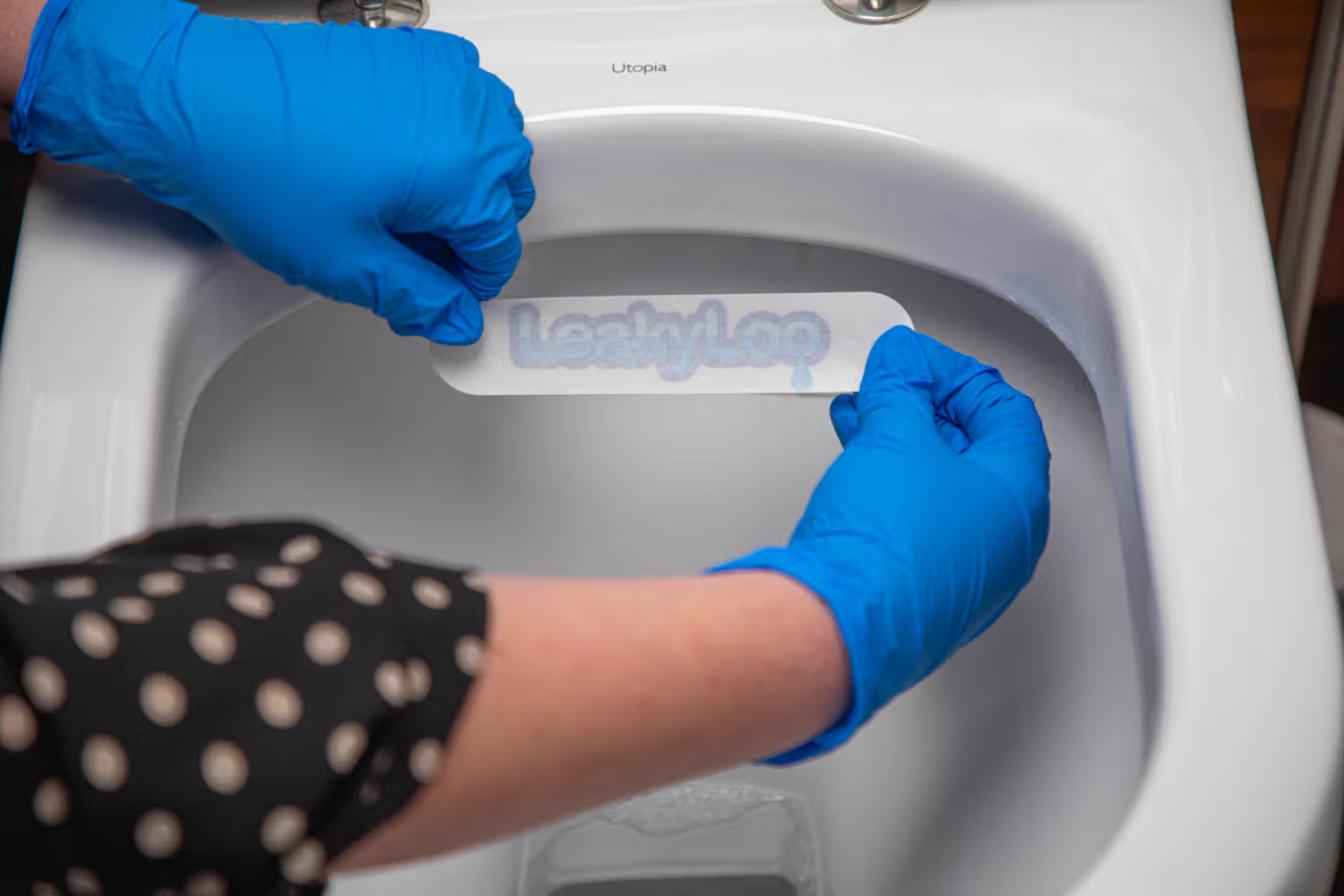
Supply updates
The daily demand for water varies, but significantly increases in warmer weather. Normal daily demand is around 544 million litres per day. During the summer months, we often need to treat, pump and supply over 600 million litres of water to our customers' taps each day.


You've found Walter!
Well done! Visit the button below to enter the prize draw to win one of five water butts we're giving away in March.
In your area
Thank you for being water-wise during the warm weather throughout summer of last year. It meant our reservoirs were able to recover quickly in the autumn and early winter months.
As we move into Spring, all areas are currently at green alert level, meaning you can use water as normal. However, we'd really appreciate it if you continue being mindful of your water use, to help keep the taps flowing for everyone.
We do everything we can to ensure our 88 water treatment works are treating and pumping as quickly as they can, however, treated water is a fresh product, so can only be stored for so long and there is only so much water we can treat every day. Our sites work flat out, 24/7, but if more is used than we can produce, some customers may temporarily lose supply in some localised pinch point areas.
This is why we still encourage re-using water where you can. It will really help make a difference.

What are we doing to improve our network?
We’re constantly making improvements to our network to help us ensure a resilient supply. To prepare for summer:
- We increased the amount of water we can treat at multiple sites across Kent and Sussex.
- We changed around when we do maintenance on water treatment works and treated water storage tanks, to maximise what we have available.
- We increased and maximised the amount of untreated (raw) water we can take from locations in Kent.
- We increased the total number of leaks repaired in the year 23/24 to more than 20,000 repairs.
- We appointed a dedicated Alternative Water Manager and purchased two water tankers that can help us move water around the network outside of fixed pipes below the ground. We can also use these tankers to inject water directly into drinking water storage tanks to boost supplies if needed.
- We have identified ‘at risk’ areas for enhanced monitoring and developed earlier action plans to be implemented in the event of supply shortages.
But there is more still to do. The south east of England is one of the most water-stressed areas in the country and needs new assets, such as treatment plants, storage reservoirs and pipes to become truly resilient in the future. It takes time to plan and build these assets.
Here are some of the projects we are currently working on to improve resilience:
- We have started installing approximately 17 kilometres of new pipework between our water treatment works at Bewl and our drinking water storage tanks at Wadhurst and Rotherfield. This project will give us additional resilience in the Wadhurst and Best Beech areas. Work started in April 2024 and is due to complete in 2025. In addition, we are also upgrading our Bewl Water Treatment Works, which will increase the amount of water we can treat and pump into the area. You can find out more about it here.
- We have started installing a total of 16 kilometres of new water pipe in two areas of Kent, one from our Wichling Water Treatment Works through Doddington and the other connecting two drinking water storage tanks on either side of Charing. Work began in April 2023 with phase 1 (Wichling/Doddington) almost complete. You can find out more about it here.
- We are progressing well in building a new state-of-the-art water treatment works at Aylesford near Maidstone. The site will have new features, such as dual water storage tanks, so we can maintain supplies whilst completing essential maintenance. You can watch the progress of the site build and find out more about it here.
We also have lots of plans to permanently improve the resilience of our network. These are laid out in our most ambitious business plan, which has been submitted to our regulator, Ofwat. You can read the plan here.
How we supply your water
Reservoirs
Throughout the summer months, we rely on our reservoir water reserves as the source for the millions of additional litres of water we supply through our network of pipes daily.
Our biggest reservoirs in Sussex, Ardingly and Arlington, store up to 8,300 million litres of water and together provide 8% of all the water we supply.
This is in addition to the millions of litres we sustainably abstract from, boreholes and chalk aquifers too.
Our reservoirs are replenished between October and April when rainfall and river flows are higher.
Treatment and beyond
Once we abstract water from the source, the process begins to treat the water, to bring it up to a safe standard for you to drink.
We take lots of care over the quality of our water and have lots of measures in place to monitor our treatment process.
Once treated we push water to drinking water storage tanks that are placed all around our region, which connect directly to the network of pipes that deliver water to taps.
This process can take a number of hours, and high water usage reduces our ability to supply water to the whole network.

